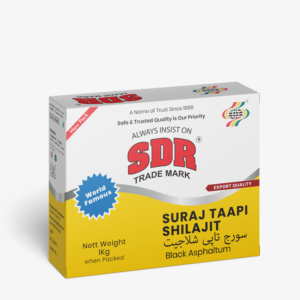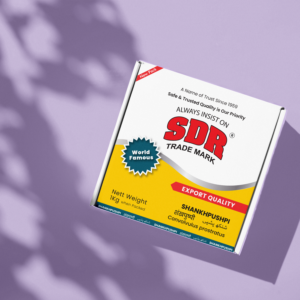Phyllanthus emblica L. (popular known as amla or Indian gooseberry) is an ephemeral tree belonging to the Euphorbiaceae family. Amla fruits are edible and are mainly found in regions of India, Southeast Asia, China, Iran, and Pakistan . Amla has an important role in the traditional medicine of India to reduce anxiety and burning sensation in skin and eyes, improve anemic condition, favor the health of the male reproductive system and reproduction, facilitate digestion, improve liver health, and also exert a tonic effect in the cardiovascular system.
The fruit of P. emblica L. is one of the most popular botanicals, with a wide range of uses in the medicinal, cuisine, and cosmetic industries. This is the first tree to be “produced in the universe”, according to ancient Indian mythology . It is a great nutritional supplement with several medicinal benefits . Due to the abundance of phenolic compounds, Emblic fruit could be regarded as a plant source for natural antioxidants and nutraceuticals or medicinal components. Consumers like Emblic fruit because of its unique flavor and pleasant smell. In various animal and human investigations, amla has been proven to have anti-hyperglycemic, hypoglycemic, anti-inflammatory, anti-hyperlipidemic, and antioxidant activities . Amla is rich in antioxidants such as gallic acid, ascorbic acid and phenolic compounds and thus helps the body’s immune systems and digestion. Thus, due to the increasing interest and the potential of P. emblica L., this review aims to provide an overview of the nutritional composition, phytochemistry and potential health benefits associated with the consumption of phytochemicals naturally found in amla.




